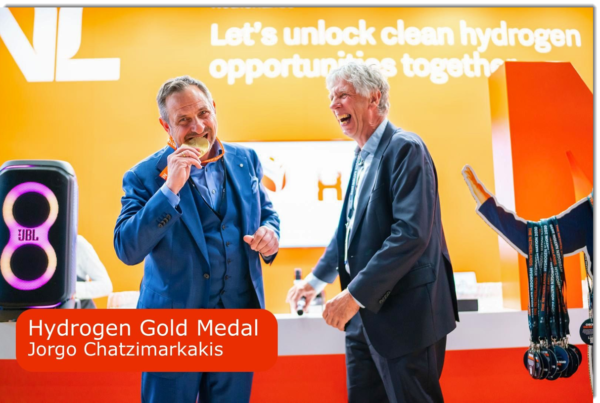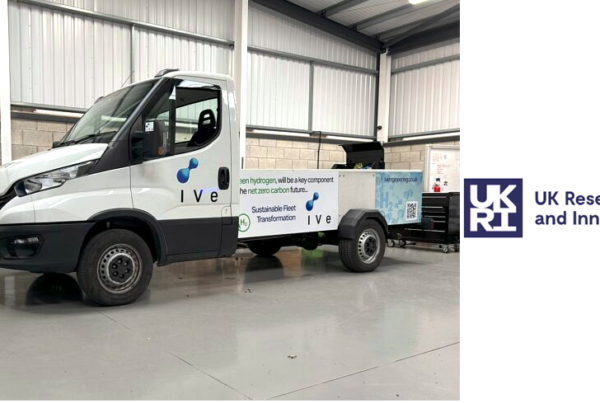
As the momentum builds, a series of new policies and innovations in flexible energy could lead to price reductions.
Low-carbon hydrogen continues to convincingly recover from the downturn caused by the energy crisis in late 2022, and the second quarter of 2023 shows particularly strong movement in electrolysis projects.
The expansion is rapid, with over 1,000 projects underway in 70 countries and 100 new roadmaps, policies, and strategies in progress. Europe, Australia, and the USA dominate the global project portfolio, with 20%, 14%, and 18% market shares respectively, but the market is constantly shifting, and activity is on the rise worldwide.
- The project portfolio is recovering well.
“The rebound continues, although it has not yet reached the record levels of 2021 and early 2022. In the second quarter of 2023, more than 4 Mtpa of capacity was added, and the proposed global capacity for low-carbon hydrogen now exceeds 90 Mtpa,” says Murray Douglas, Director of Hydrogen Research at Wood Mackenzie.

Among the most prominent announcements worldwide is the one from the Australian company Amp Energy Cape Hardy Hydrogen and Ammonia, boasting 5 GW of capacity. Other projects with over 1 GW include Plug Power‘s Kristinestad and Kokkola facilities in Finland (1 GW each), TotalEnergies & TES e-NG in the United States (1 GW), POSCO Consortium‘s Duqm project in Oman (1.2 GWe), and LEAG‘s Green Hydrogen Center in Germany (2 GW).
- Supportive policies are driving long-term projects globally
“The market is expanding as policies continue to emerge worldwide, following the US Inflation Reduction Act and the global push towards net-zero energy. This momentum for hydrogen, backed by substantial funding, is permeating global supply chains,” explains Douglas.
The Biden administration’s “National Clean Hydrogen Strategy and Roadmap” has three key priority areas: focusing on “strategic and high-impact uses for clean hydrogen”; reducing the costs of low-carbon hydrogen production, and establishing regional centers for clean hydrogen. “The aim of this strategy is to channel the use of hydrogen into hard-to-abandon sectors, rather than competing with other technologies,” notes Woodmac’s Hydrogen lead.
Australia is also allocating a portion of its federal budget to hydrogen, with 2 billion Australian dollars earmarked for the “Hydrogen Headstart” program. According to the Australian Renewable Energy Agency (ARENA), the program will support two to three major projects and could provide 1 GW of electrolyzer capacity by 2030. The budget also announces an allocation of 38.2 million Australian dollars for the development of a Guarantee of Origin (GO) certificate.
In Japan, the Government’s “Basic Hydrogen Strategy” aims to attract 107 billion dollars in investment over 15 years to develop the country’s hydrogen supply chain. The revised Basic Hydrogen Strategy increases the hydrogen supply target sixfold to reach 12 million tons annually by 2040, supported by a subsidy system similar to CFDs. This new target is an intermediate step towards the previous goal of 3 Mtpa by 2030 and 20 Mtpa by 2050. The Government has already spent 5.7 billion dollars on grants for hydrogen-related technologies.
- Electrolyzer technologies now lead capacity announcements.

In the second quarter of 2023, PEM and SOEC electrolyzer technologies dominated capacity announcements, and both Nel and Topsoe announced plans to increase production in the United States. “Topsoe aims to manufacture up to 5 GW of SOEC electrolyzers in the United States, marking its first major electrolyzer facility outside Denmark,” notes Douglas.
In the initial phase, an investment of 300 million dollars will be made to build an initial capacity of over 500 MW. Topsoe plans to expand this capacity to 5 GW. The final decision on the investment for the initial 500 MW phase could be made by the end of 2023.
“The capacity is increasing rapidly, and it is expected to double by this time next year, but no country is emerging as the dominant electrolyzer manufacturer. Europe will maintain its position as a manufacturing hub for many suppliers, while China and the US potentially offer more opportunities for expansion,” Douglas predicts.
- Hydrogen’s flexibility could potentially lead to lower prices.
Hydrogen is not only a carbon-free energy source, but it also has positive economic potential. “Currently, it is significantly more expensive than natural gas, but one way to reduce the cost is to provide electrolyzers with access to low-cost electricity. If electrolysis can be scheduled based on prices or market forces, hydrogen could be produced more affordably. However, this will depend on the availability of the necessary energy for the process,” explains Douglas.
Variable renewable energies could be used in this case: they tend to complement electrolyzers because both can utilize clean energy when it is available and reduce it when the grid needs it. In theory, renewable energies could sell energy to hydrogen centers at a discount when demand is low, and switch to selling it to electric companies when demand is high.
“Some believe that the additional demand from electrolyzers, combined with the additional supply of clean projects, could lead to a more robust and reliable electrical system and a positive feedback loop that supports both industries,” Douglas adds.
- Ammonia remains the primary end-use
Woodmac’s hydrogen expert emphasizes, finally, that as a versatile raw material, fuel, and hydrogen carrier, ammonia continues to be the predominant end-use sector for low-carbon hydrogen.
SOURCE: Wood Mackenzie
Read the most up to date Fuel Cell and Hydrogen Industry news at FuelCellsWorks




